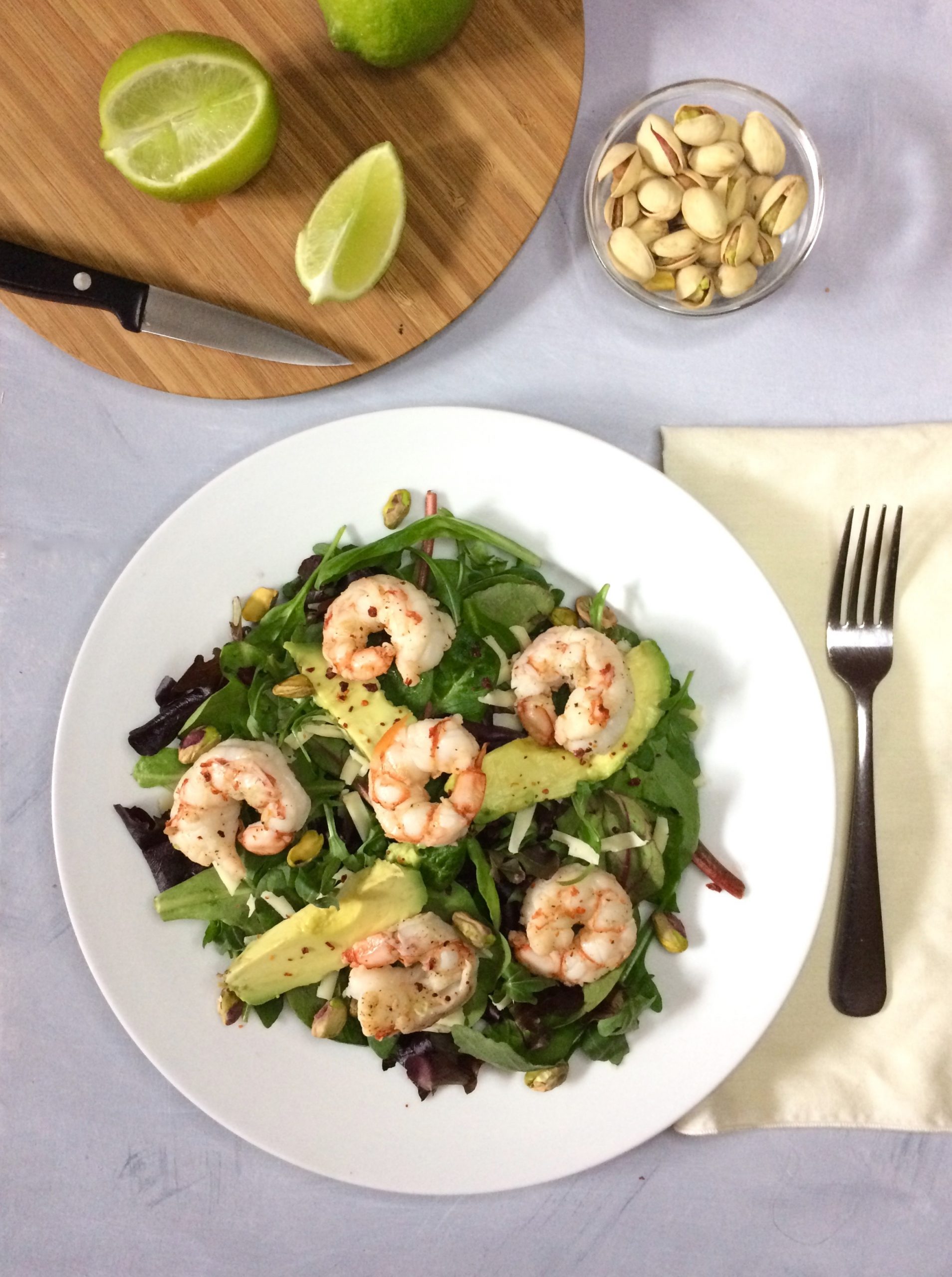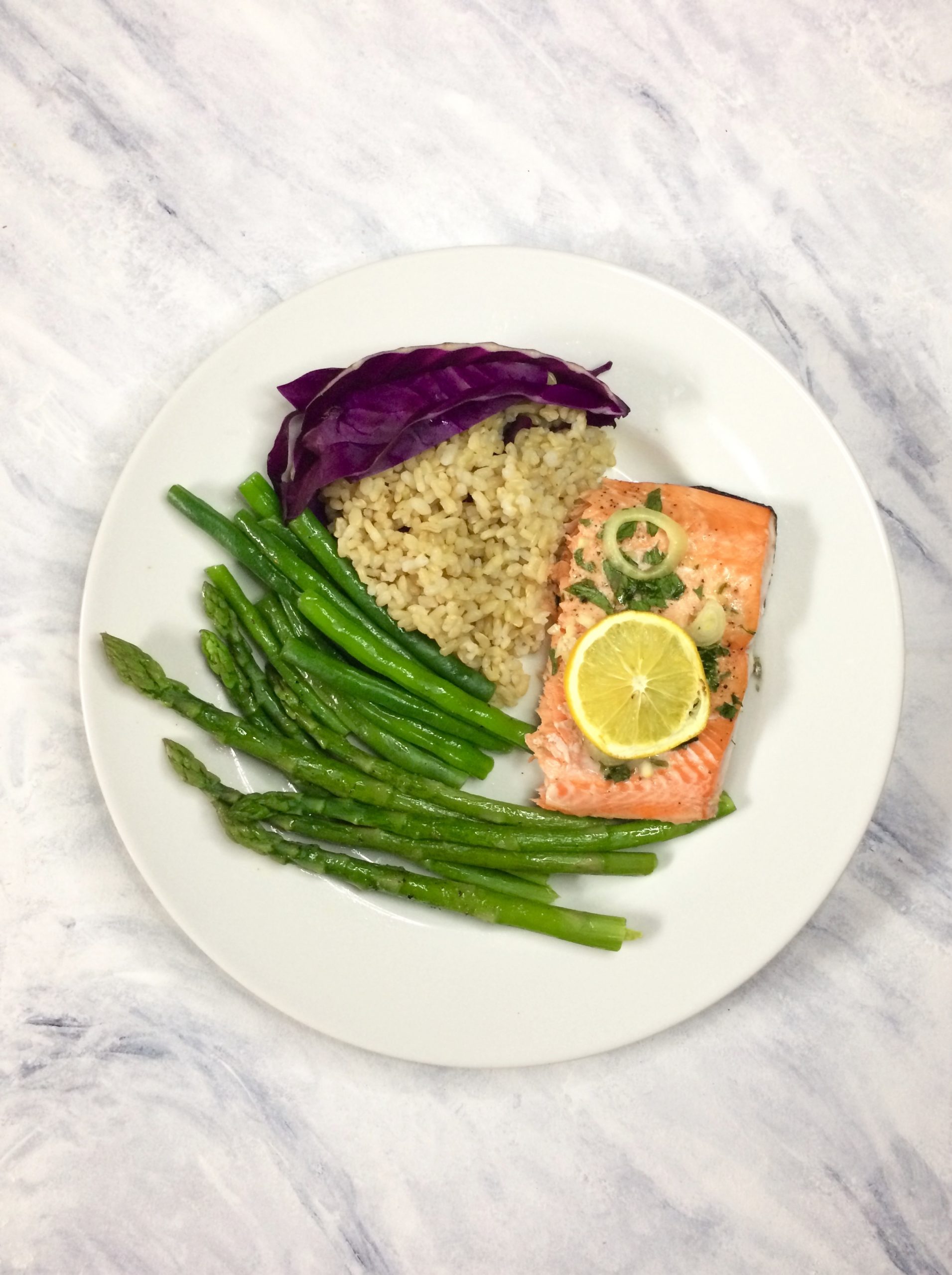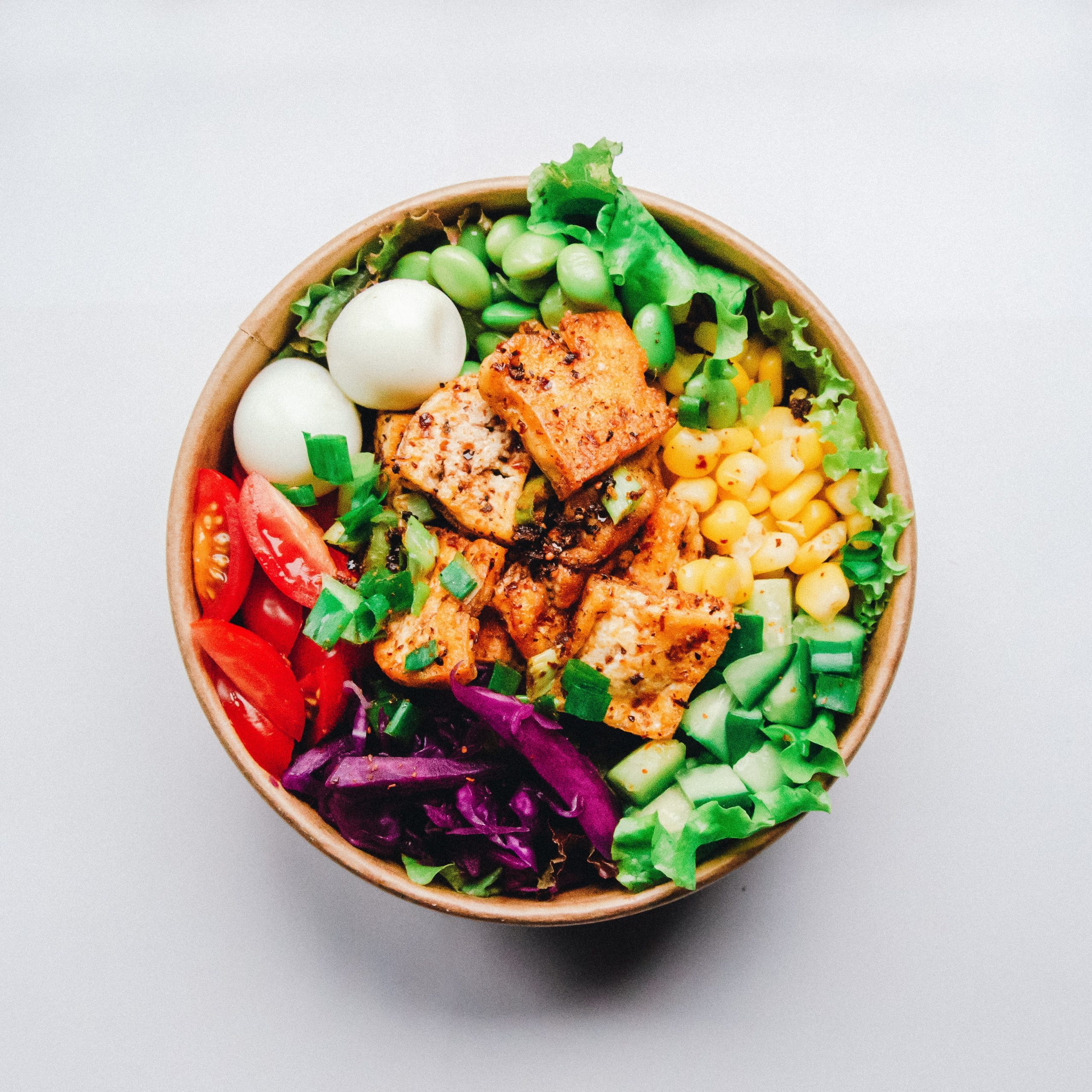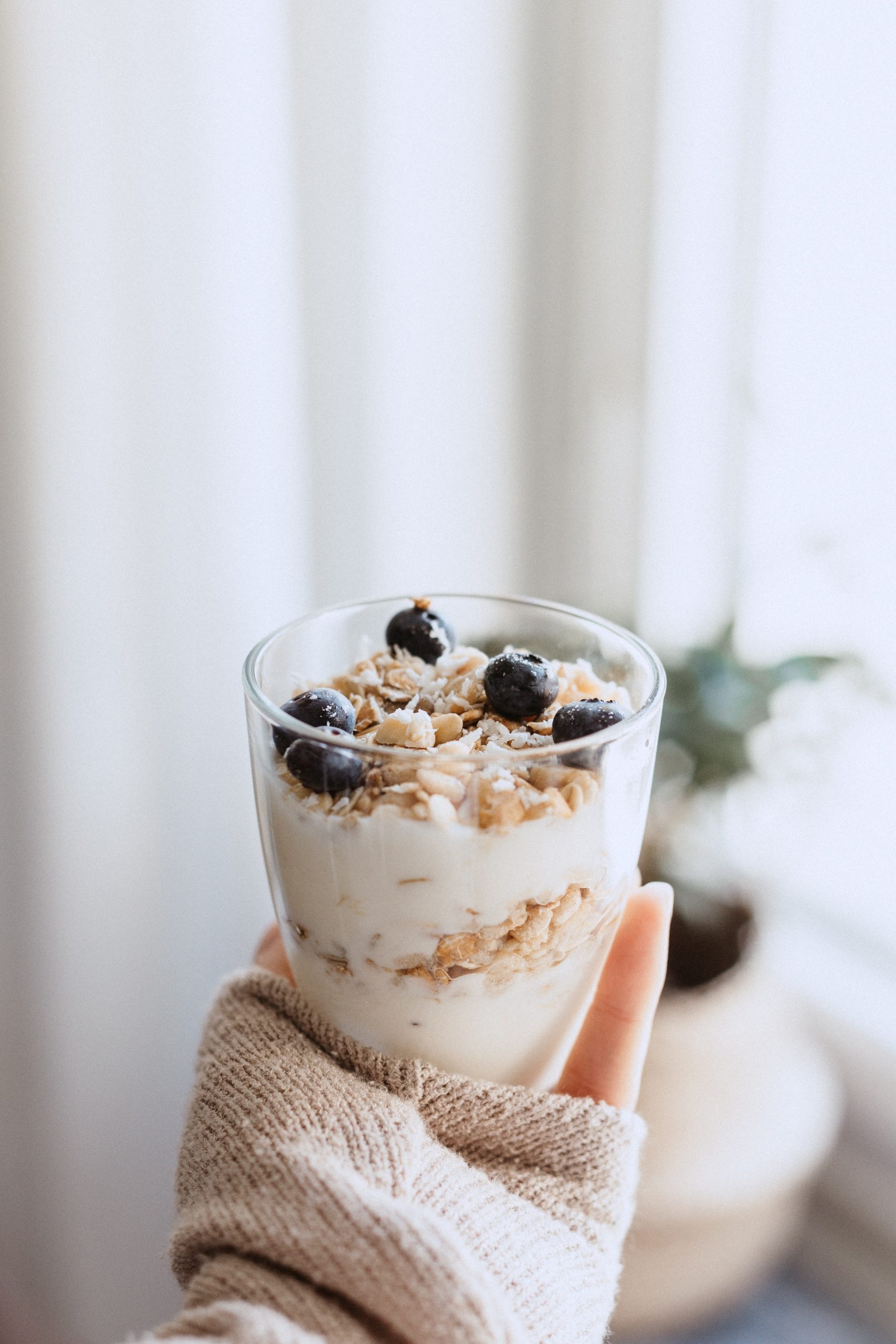Breakfast is important, but how much protein do you need?
For most people, including protein as a part of the lunch or dinner meal is second nature. However, at breakfast about 19% of Americans skip breakfast altogether1 and the rest reach for just a cup of coffee or lower protein choices like cereal or a muffin. New research points to the importance of protein throughout the day, which for many makes breakfast a missed opportunity.
You probably know that protein is important for growth and for a healthy body but may not know about new recommendations for adults that outline how much and when to eat protein. As you age, it is normal to lose anywhere from 3%-8% of your total muscle mass per decade while staying the same body weight. It is estimated that gradual loss of lean muscle mass, called sarcopenia, affects 30% of individuals over 60 years of age and 50% of individuals over 80 years old2 .This is especially a concern for older adults because maintaining muscle can improve outcomes during illness or surgery3.
In order to prevent muscle loss it’s important to eat protein throughout the day and not just at dinner. Adding protein to breakfast helps you strengthen muscle during the day and is key to both building and maintaining muscle 4.


How much protein do I need in a day?
You can use this guideline to help figure out your individual needs. A normal range for protein is 10-35% of daily calories5. For example, 25% of a 2,000 calorie diet would include 125 grams of protein. This 125 gram protein day might look like:
- Breakfast: oatmeal with walnuts, fruit, 8 oz milk
- Lunch: salad, turkey sandwich with cheese
- Snack: yogurt with nuts and fruit
- Dinner: 1 chicken breast over pasta served with vegetables and 8 oz milk
Are all sources of protein the same?
All food is broken down into “building blocks” after we eat it. Protein has “building blocks” called amino acids. Some of these “building blocks” are essential to growth in the same way a foundation is to building a house. Animal sources of protein like meat and dairy contain all of the essential building blocks for muscle growth. These sources include meats, eggs, cheese milk, yogurt, and whey protein powder. Eating protein from these sources ensures that your body has all it needs to function at its best7. The body also has limited ability to store these protein building blocks for future use. For example, eating 12 ounces of meat had no benefit for muscle growth compared with eating 4 ounces at one meal 6.
When should I have my protein?
Americans are eating 3 times more protein at dinner than at breakfast. A 2013 study showed that eating protein at each meal was more beneficial than having most of your protein at dinner. People who ate closer to 30 grams of protein at every meal had a 25% increase in muscle growth 6. Most research in this area shows that muscle building is the greatest when you eat around 30 grams at each meal8, which translates to a change in routine: more protein earlier and less in the later part of the day. Here are some ideas to help you make the switch.


References
- Kant AK, Graubard BI. 40-year trends in meal and snack eating behaviors of american adults. J Acad Nutr Diet 2015 Jan;115(1):50-63.
- Baumgartner RN, Koehler KM, Gallagher D, Romero L, Heymsfield SB, Ross RR, Garry PJ, Lindeman RD. Epidemiology of sarcopenia among the elderly in new mexico. Am J Epidemiol 1998 Apr 15;147(8):755-63.
- Jeejeebhoy KN, Keller H, Gramlich L, Allard JP, Laporte M, Duerksen DR, Payette H, Bernier P, Vesnaver E, Davidson B, et al. Nutritional assessment: Comparison of clinical assessment and objective variables for the prediction of length of hospital stay and readmission. Am J Clin Nutr 2015 May;101(5):956-65.
- Paddon-Jones D, Rasmussen BB. Dietary protein recommendations and the prevention of sarcopenia. Curr Opin Clin Nutr Metab Care 2009 Jan;12(1):86-90.
- Rodriguez NR, Miller SL. Effective translation of current dietary guidance: Understanding and communicating the concepts of minimal and optimal levels of dietary protein. Am J Clin Nutr 2015 Apr 29.
- Mamerow MM, Mettler JA, English KL, Casperson SL, Arentson-Lantz E, Sheffield-Moore M, Layman DK, Paddon-Jones D. Dietary protein distribution positively influences 24-h muscle protein synthesis in healthy adults. J Nutr 2014 Jun;144(6):876-80.
- Paddon-Jones D, Campbell WW, Jacques PF, Kritchevsky SB, Moore LL, Rodriguez NR, van Loon LJ. Protein and healthy aging. Am J Clin Nutr 2015 Apr 29.
- Moore DR. Keeping older muscle “young” through dietary protein and physical activity. Adv Nutr 2014 Sep;5(5):599S-607S.
- Symons TB, Schutzler SE, Cocke TL, Chinkes DL, Wolfe RR, Paddon-Jones D. Aging does not impair the anabolic response to a protein-rich meal. Am J Clin Nutr 2007 Aug;86(2):451-6.
- The Power Team: Combining Protein and<br />Resistance Exercise for Effective Results [Internet]http://wheyprotein.nationaldairycouncil.org/educational-resources/presentations/: National Dairy Council; c2013 [cited 2015 October,20th]. Available from: http://wheyprotein.nationaldairycouncil.org/educational-resources/presentations/.
- The Candid RD: <br />30 grams of protein for breakfast. Do it. [Internet]; c2013 [cited 2015 October 20th]. Available from: http://candidrd.com/2013/08/30-grams-of-protein-for-breakfast-do-it.html.
- Power Up Protein at Breakfast [Internet]; c2014 [cited 2015 October 20th]. Available from: http://www.uhc.com/health-and-wellness/nutrition/power-up-protein-at-breakfast.
- 5 Easy High-Protein Breakfasts to Make This A.M. [Internet]; c2015 [cited 2015 October 20th, 2015]. Available from: http://www.self.com/food/nutrition/2015/07/5-easy-high-protein-breakfasts-to-make-this-a-m/.

Fairly insightful publish. Never thought that it was this simple after all. I had spent a very good deal of my time looking for someone to explain this topic clearly and you’re the only 1 that ever did that. Kudos to you! Keep it up